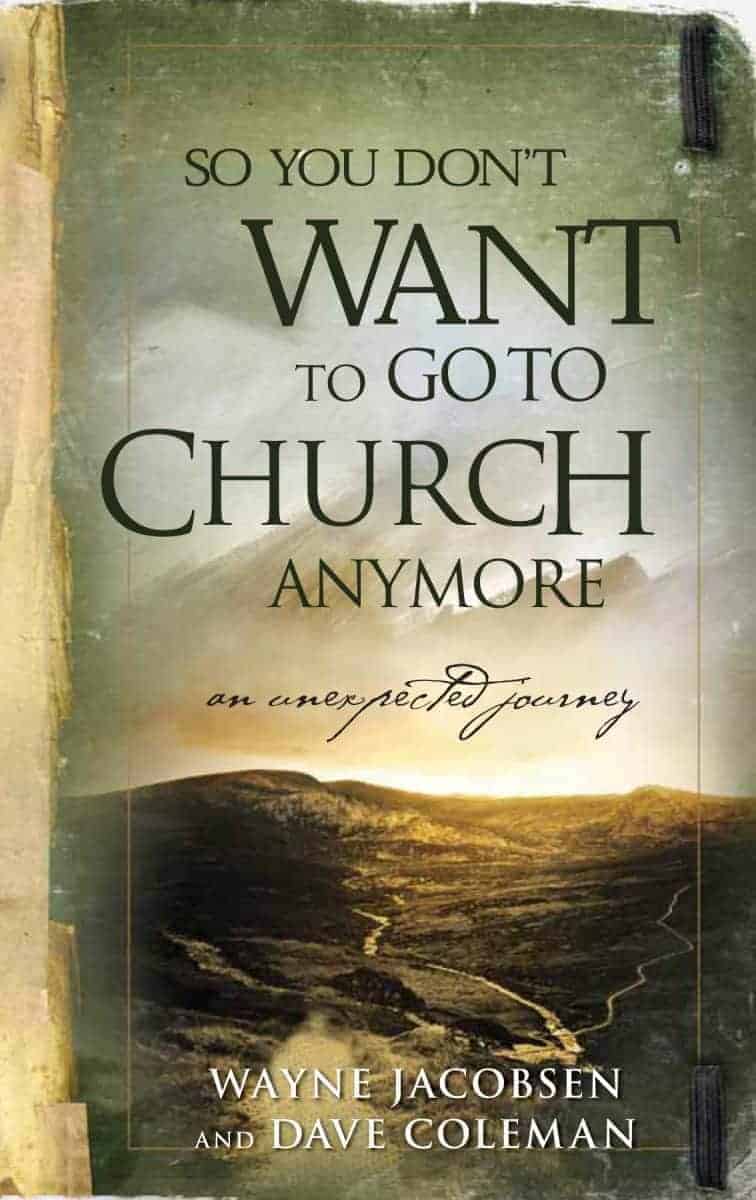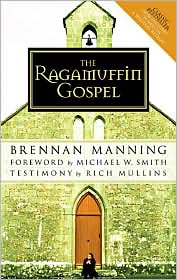
[ Book Review by By B. Brisco -
The Forgotten Ways: Reactivating the Missional Church by Alan Hirsch ]
Using studies by Rodney Stark, Hirsch calculates that the early church grew from 25,000 in AD 100 to about 20,000,000 in AD 310. How did this happen?
What was going on in early Christianity to experience this type of growth? To illustrate that this phenomena was not just an early church experience Hirsch shares the example of the church in China. When Mao Tse-tung took control of China there were approximately 2 million Christians. However, when the Bamboo Curtain was lifted some estimated the Christian population in China to be near 60 million. Moreover, the number of Christians in China today are around 80 million. Once again, how did this kind of growth happen?
Hirsch states some qualifications:
1. They were an illegal religion throughout this period.
2. They didn't have church buildings as we know them.
3. They didn't have scriptures as we know them.
4. They didn't have an institution or professional forms of leadership.
5. They didn't have seeker-sensitive services, youth groups, worship bands, seminaries, etc.
6. They actually made it hard to join the church.
In chapter one, titled "Setting the Scene" and subtitled "Confessions of a Frustrated Missionary" Hirsch tells a bit of his own story as leader of South Melbourne Restoration Community. Hirsch shares how he and his wife were brought to the church as a kind of
last ditch effort to revive a church that had experienced birth, growth and decline in its 140 year history. Through the process the Hirschs came to the conclusion that they wanted to be involved in a church that was highly participatory (much more than the 20:80 rule) and missional.
Hirsch provides a good contrast between the
typical church growth principles that are used today to grow a contemporary church and the essential components that best describes the nature of the church. Hirsch states "if you wish to grow a contemporary church following good church growth principles, there are several things you must do and constantly improve upon:
1. Expand the building for growth.
2. Ensure excellent preaching that relates to the life of the hearers.
3. Develop an inspiring worship service with an excellent band.
4. Make certain you have excellent parking facilities.
5. Ensure excellent programs for children and youth.
6. Develop a program of cell groups rooted in a Christian ed model.
7. Make sure that next week is better than last week.
In contrast to the above, Hirsch discusses the nature of, or innate purpose of
the church according to scriptures:
1. A covenanted community
2. Centered on Jesus Christ ("Jesus is Lord").
3. Worship, defined as offering our lives back to God through Jesus.
4. Discipleship, defined as following Jesus & becoming like him.
5. Mission, defined as extending the mission of God through the activities of the covenanted community.
In the last section of the chapter, and my favorite, Hirsch discribes the practices that their faith community "came up with" as:
1. The basic ecclesial (church) unit was to become much smaller so as to transform from the active:passive ratio from 20:80 to 80:20.
2. They would not devleop a philosophy of ministry per se, but rather a covenant and core practices.
3. Each group had to be engaged in a healthy diet of spiritual disciplines, following the TEMPT model:
T: Together we follow -- community focused.
E: Engage Scripture -- integrating Bible into life.
M: Mission -- missional activities bring cohesion.
P: Passion for Jesus -- worship and prayer.
T: Transformation -- character development & accountability.
4. They would organize the movement in three basic rhythms: a weekly cycle of TEMPT groups, a monthly regional meeting of TEMPT groups, and a biannual gathering of all the groups in a movement-wide network.
5. Each TEMPT group would covenant to multiply itself as soon as it is organically feasible and possible.
In chapter two of "The Forgotten Ways" author Alan Hirsch proposes that
the decline of the church in Western culture can be attributed to defaulting to a Christendom mode of thinking. Moreover, because of our Christendom default mode we don't even know that there is a better alternative.
Quoting Bono from U2, "we are stuck in a moment and now we can't get out of it." Or from one with few more academic credentials; David Bosch in Transforming Mission states: "Strictly speaking one ought to say that the Church is always in a state of crisis and that its greatest shortcoming is that it is only occasionally aware of it."
For Hirsch the root of the problem is Christendom and our inability to adequately deal with the very assumptions on which Christendom is built and maintains itself. Relying partially on Stuart Murray's excellent Post-Christendom: Church and Mission in a Strange New World, Hirsch provides a convincing summary of
the significance of Constantine's decisions. Just a few of the Christendom shifts include:
1. The movement of the church from the margins of society to its center.
2. The assumption that all citizens were Christian by birth.
3. Sunday as an official day of rest and obligatory church attendance.
4. A generic distinction between clergy and laity, and the relegation of the laity to a largely passive role.
5. The defense of Christianity by legal sanctions to restrain heresy, immorality, and schism.
6. The division of the globe into "Christendom" or "heathendom" and the waging of war in the name of Christ and the church.
7. A hierarchical ecclesiastical system, based on a diocesan and parish arrangement, which was analogous to the state hierarchy and was buttressed by state support.
Hirsch states: "This shift to Christendom was thoroughly paradigmatic, and the implications were
absolutely disastrous for the Jesus movement that was incrementally transforming the Roman world from the bottom up."
He follows this up with a fantastic quote from church historian Rodney Stark: "Far too long, historians have accepted the claim that the conversion of the Emperor Constantine (ca. 285-337) caused the triumph of Christianity. To the contrary, he destroyed its most attractive and dynamic aspects, turning a high-intensity, grassroots movement into
an arrogant institution controlled by an elite who often managed to be both brutal and lax."
On page 64 Hirsch offers an excellent comparison table between three "church modes." He compares the "Aposotolic & Post-Apostolic Mode" (AD 32 to 313), the "Christendom Mode" (313 to present) and the "Emerging Missional Mode" (past 10 years) in six different categories.
The characteristics of the Christendom mode include:
1. Locus of gathering: Buildings become central to "church."
2. Leadership: Institutionally ordained clergy/professional guild.
3. Organizational structure: Top-down.
4. Means of grace: Sacraments experienced only "in church."
5. Position in society: Church is perceived to be central to society.
6. Missional mode: Attractional and extractional.
The characteristics of the Emerging Missional mode (and in most cases parallels the Apostolic mode):
1. Locus of gathering: Rejects need for "church" buildings.
2. Leadership: Pioneering-innovative, 5-fold ministry.
3. Organizational structure: Grassroots, decentralized movement.
4. Means of grace: Redeems/ritualizes new symbols, including Lord's Supper.
5. Position in society: Church is once again on the fringes.
6. Missional mode: Incarnational-sending and missional.
Hirsch offers a short introduction to the second section, in which he presents the core piece for the rest of the book - mDNA (missional DNA). He states:
"With this concept/metaphor I hope to explain why the presence of
a simple, intrinsic, reproducible, central guiding mechanism is necessary for the reproduction and sustainability of genuine missional movements. As an organism holds together, and each cell understands its function in relation to its DNA, so the church finds its reference point in its built-in mDNA. As DNA carries the genetic coding, and therefore the life, of a particualr organism, so too mDNA codes Apostolic Genius (the life force that pulsated through the New Testament church and in other expressions of apostolic Jesus movements throughout history)."
So what are the key elements of Apostolic Genius? The six distinctives identified by Hirsch are:
1. Jesus is Lord
2. Disciple Making
3. Missional-incarnational Impulse
4. Apostolic Environment
5. Organic Systems
6. Communitas, Not Community
After introducing these six elements Hirsch then moves in chapter 3 to the heart of Apostolic Genius - "Jesus is Lord." I found much to like about this chapter. I enjoyed Hirsch's insights on how the early church, in order to survive in the context of persecution, had to "jettison all unnecessary impediments" such as an
institutional conception of the church. Additionally, in the midst of persecution Hirsch maintains that the church had to "travel light" in regards to a simple Christology (essential conceptions of who Jesus is and what he does).
I also appreciated Hirsch's discussion on the Shema and the consistency that is to be found between it and Christ. Moreover, the implication that "christocentric monotheism" has for bringing to an end the false dualism of things sacred/secular. However, for sake of brevity I thought the best summary of Hirsch's overall purpose for this chapter was in the following paragraph:
"At its very heart, Christianity is therefore a messianic movement, one that seeks to consistently embody the life, spirituality, and mission of its Founder.
We have made it so many other things, but this is its utter simplicity. Discipleship, becoming like Jesus our Lord and Founder, lies at the epicenter of the church's task. It means that Christology must define all that we do and say. It also means that in order to recover the ethos of authentic Christianity, we need to refocus our attention back to the Root of it all,
to recalibrate ourselves and our organizations around the person and work of Jesus the Lord. It will mean taking the Gospels seriously as the primary texts that define us. It will mean
acting like Jesus in relation to people outside of the faith."




